Author: Marshall Schott
When I think about the characteristics of beer I most enjoy, a few descriptors come to mind— clean fermentation character with bready malt that’s balanced with a spicy and floral hop presence. As much as I enjoy darker and more hop-forward styles, there’s something about the simple drinkability of pale lager that just whets my whistle, and one of my favorites is Bohemian Pilsner, otherwise known as Czech Premium Pale Lager.
My first experience drinking a genuine Bohemian Pilsner occurred in 2003 when my then-fiancée, Laura, and I were vacationing in Riga, Latvia. We had the pleasure of staying at the home of Laura’s aunt and uncle, the latter of whom also happens to be a beer buff. Having started homebrewing a few months prior, Uncle Eriks was excited to share with me some stuff I couldn’t get back home, one of which was a beer from the Czech Republic with an oddly familiar name—Budweiser Budvar. After going over the fascinating history of the brewery, we shared the beer and I was blown away with how delicious it was. Since then, I’ve drank more than my fair share of continental and American version of Czech Premium Pale Lager, which the BJCP provides the following description for:
Rich, characterful, pale Czech lager, with considerable malt and hop character and a long, rounded finish. Complex yet well-balanced and refreshing. The malt flavors are complex for a Pilsner-type beer, and the bitterness is strong but clean and without harshness, which gives a rounded impression that enhances drinkability.
Known for being made with a soft water profile, bready pilsner malt, Saaz hops, and a clean fermenting lager yeast, Czech Premium Pale Lager may sound easy enough to brew, though this style traditionally employed a number of involved processes including a decoction mash and cool fermentation with an extended lagering period. I recently brewed up a batch using methods that were, err, less involved and served it to tasters for evaluation.
| BREWING THE BEER |
For this recipe, I went with a classically simple recipe using a single craft malt and single hop variety.
Short & Shoddy Czech Premium Pale Lager
Recipe Details
| Batch Size | Boil Time | IBU | SRM | Est. OG | Est. FG | ABV |
|---|---|---|---|---|---|---|
| 5.5 gal | 25 min | 38.5 | 3.3 SRM | 1.054 | 1.009 | 5.91 % |
| Actuals | 1.054 | 1.009 | 5.91 % | |||
Fermentables
| Name | Amount | % |
|---|---|---|
| Pelton: Pilsner-style Barley Malt | 11 lbs | 100 |
Hops
| Name | Amount | Time | Use | Form | Alpha % |
|---|---|---|---|---|---|
| Saaz | 125 g | 0 min | First Wort | Pellet | 3 |
| Saaz | 50 g | 10 min | Boil | Pellet | 3 |
| Saaz | 30 g | 2 min | Boil | Pellet | 3 |
Yeast
| Name | Lab | Attenuation | Temperature |
|---|---|---|---|
| Urkel (L28) | Imperial Yeast | 75% | 32°F - 32°F |
Notes
| Water Profile: filtered Fresno tap water |
Download
| Download this recipe's BeerXML file |
I started off by collecting the full volume of filtered water at 3:51 PM, and given the softness of my tap water, I made no mineral adjustments.
While the water was heating up, I weighed out and milled the grain.
When the water was properly heated, I stirred in the grist then checked to make sure it was at my target mash temperature.
I gave the mash a gentle stir every time I walked by it.
Once the brief 30 minute mash rest was complete, I removed the grains and let them drip to reach the target pre-boil gravity while the wort was heating up.
Next, I prepared the kettle hop additions.
The wort was boiled for just 25 minutes before it was quickly chilled with my IC. A refractometer reading showed the wort hit a respectable 1.054 OG for a brewhouse efficiency of 74%.
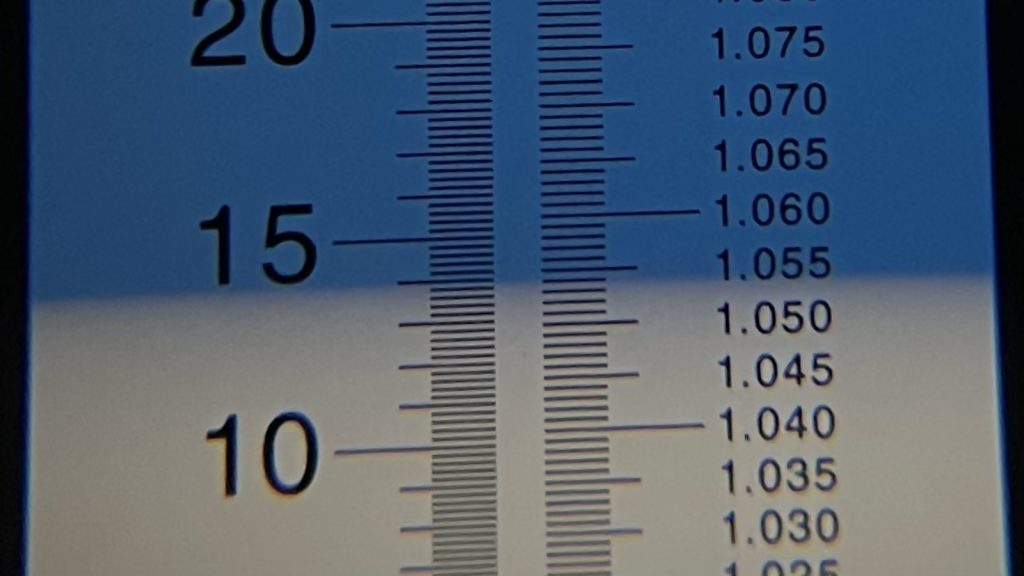
I then transferred the wort to my Delta Brewing FermTank.
With the wort sitting at 70˚F/21˚C, I direct pitched a pouch of Imperial Yeast L28 Urkel.
Next, I set my glycol chiller to keep the beer at 66°F/19°C and attached a blowoff tube. The time was at 5:38 PM for a total brew day time of just 1 hours and 47 minutes.
The beer was left to ferment for 1 week before I took a hydrometer measurement showing FG had been reached.
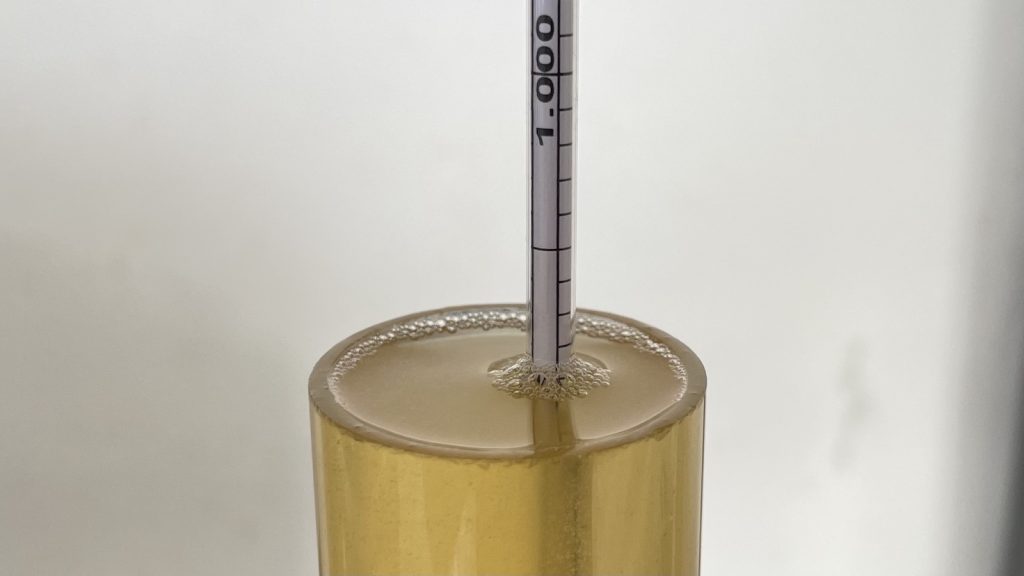
I set my glycol chiller to 34°F/1°C for cold crashing and left it overnight before fining it with gelatin. After another 5 days, I proceeded to transfer the beer to a CO2 purged keg.
The filled keg was placed in my kegerator and burst carbonated at 50 psi for 14 hours before I reduced the gas to serving pressure. After 6 days of cold conditioning, it was ready to serve to tasters for evaluation.
| RESULTS |
A total of 12 people of various levels of experience participated in this Short & Shoddy evaluation. Participants were informed of the specific beer style and provided the BJCP description prior to completing the survey. Tasters were then instructed to rate how hoppy, malty, and dry they perceived the beer to be on a 0-5 scale where a rating of 0 indicated “not at all” and 5 indicated “extremely.”
Tasters were provided a list of common hop, malt, and yeast characteristics then instructed to select from each the one they perceived as being most prominent in the beer.
Hop Characteristics
Malt Characteristics
Yeast Characteristics
Next, participants were asked to indicate whether or not they detected any off-flavors in the beer; those who did were provided a list of common off-flavors and instructed to select the one they perceived as being strongest. One person noted a solvent character in the beer while another perceived a yeasty note.
Tasters were then asked to rate how well the beer represented the intended style, based on the provided BJCP description, on a 0-5 scale where 0 meant “not at all” and 5 meant “exactly.”
Finally, tasters were asked to rate how much they enjoyed the beer on a 0-5 scale where 0 indicated they hated it and 5 indicated they loved it.
My Impressions:This beer certainly wasn’t the worst I’ve made, I didn’t think it was worthy of being dumped, though I was rather liberal in giving full growlers to friends. I’m really not sure how best to explain what it is I perceived in this Czech Premium Pale Lager. I got a hint of this odd new shoe note in the aroma, and while it was quite mild, it was enough to distract me. The flavor of the beer was rather nice in the beginning, but that same weird character presented itself as soon as I swallowed the beer and exhaled. I didn’t abhor it, but I wouldn’t say I’m proud of this one.
| CONCLUSION |
Czech Premium Pale Lager, or as we used call it, Bohemian Pilsner, is a style that beautifully melds cracker-like flavors from Pilsner malt with the spicy and floral notes characteristics of Saaz hops. When done right, this style of beer is equally as delicious as it is refreshing, a perfect accompaniment to sunny afternoons spent hanging around the pool or grill with friends.
Traditionally, Czech Premium Pale Lager was brewed using numerous methods many today continue to view as being imperative to crafting a good example including a decoction mash, extended boil length, cool fermentation temperature, and an extended lagering phase. A majority of tasters of a version made using Short & Shoddy methods felt the fermentation was clean and most endorsed cracker/bread crust as the most prominent malt character with spicy and floral being the strongest hop characteristics, all of which align with the BJCP description. However, one taster noted a solvent off-flavor while another perceived a yeasty note, which may indicate some process issue.
I’ve brewed many batches of Czech Premium Pale Lager using a recipe very similar to this one, and they’ve always turned out quite good, even when fermented at ale temperature. While many tasters felt this Short & Shoddy batch was a decent representation of the style and enjoyed drinking it, I personally felt there was something off in the aroma and the finish. I considered a possible contamination, but no other signs of such were evident, for example the FG remained stable and it continued to clear up over time. This is a peculiar scenario for me because I know this recipe is fine, and I’ve brewed numerous lagers using similar Short & Shoddy methods, so even though I wasn’t thrilled with this batch, there’s no question I’ll be brewing it again in the future.
If you have thoughts about this Short & Shoddy brew, please feel free to share it in the comments section below!
Support Brülosophy In Style!
All designs are available in various colors and sizes on Amazon!
Follow Brülosophy on:
FACEBOOK | TWITTER | INSTAGRAM
If you enjoy this stuff and feel compelled to support Brulosophy.com, please check out the Support page for details on how you can very easily do so. Thanks!


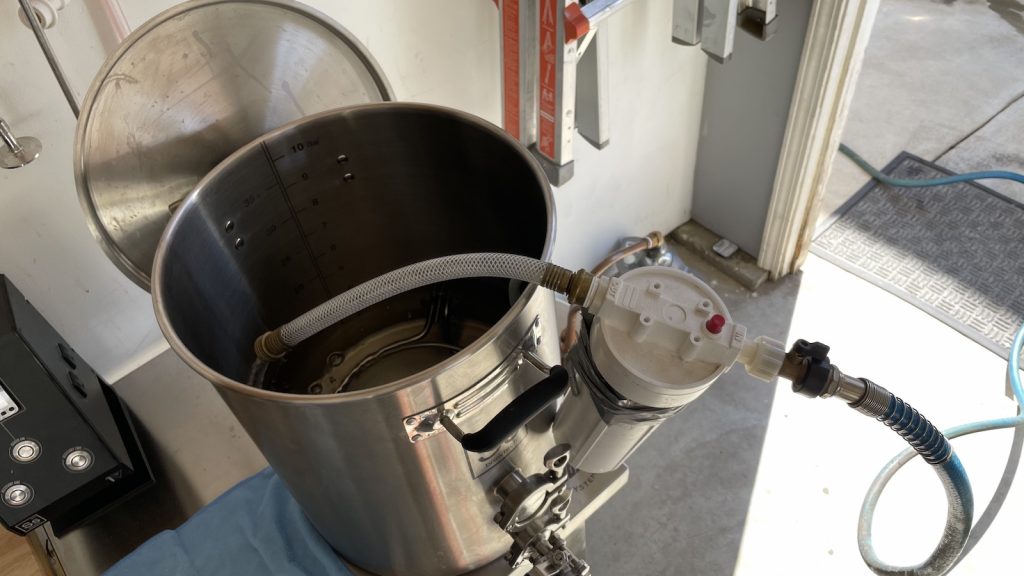
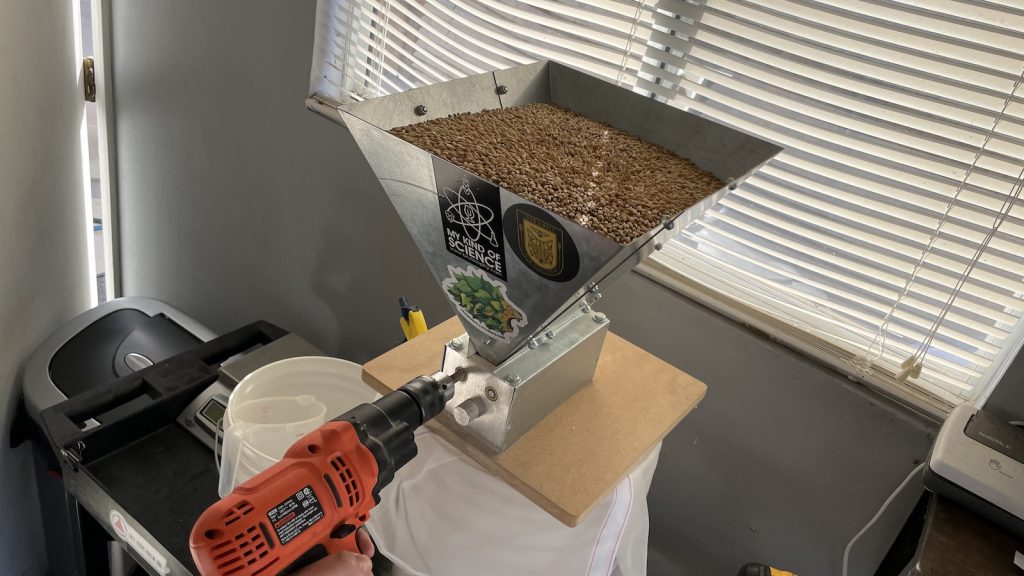
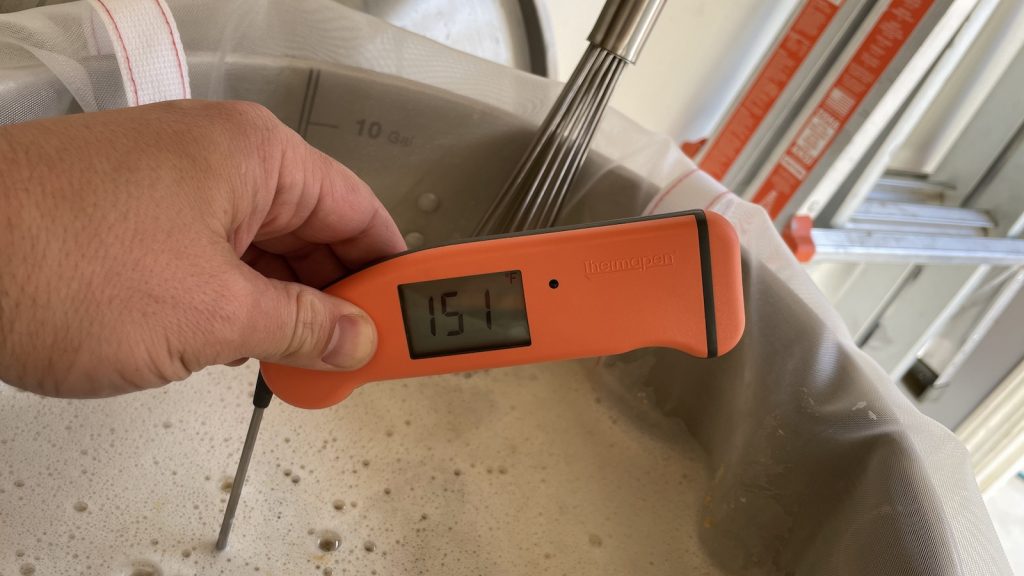
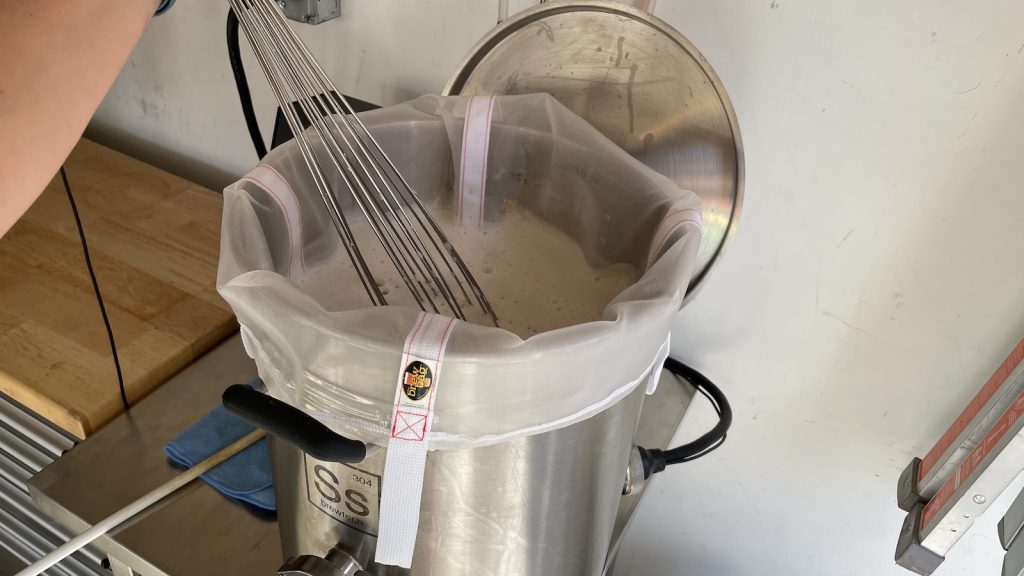
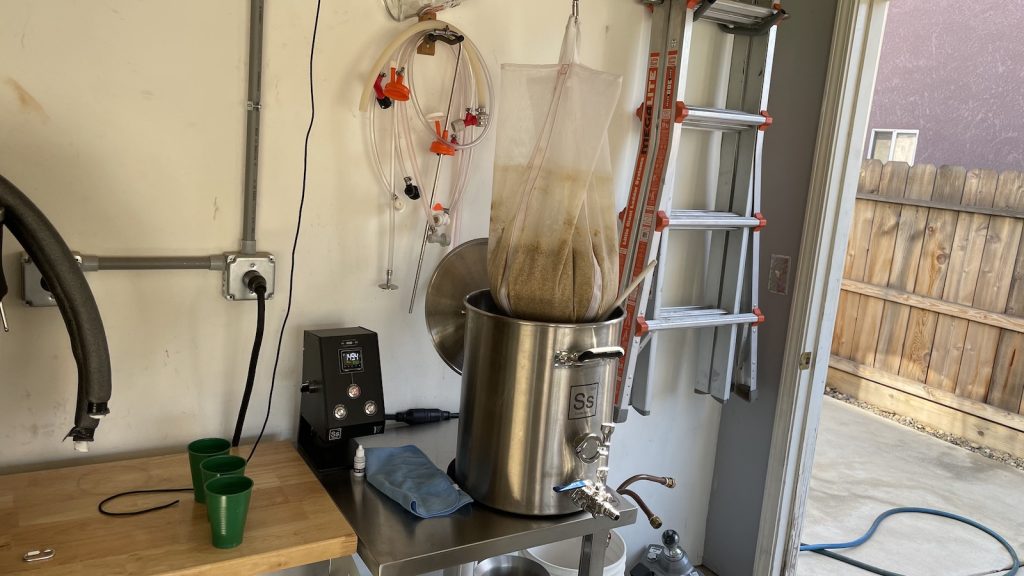
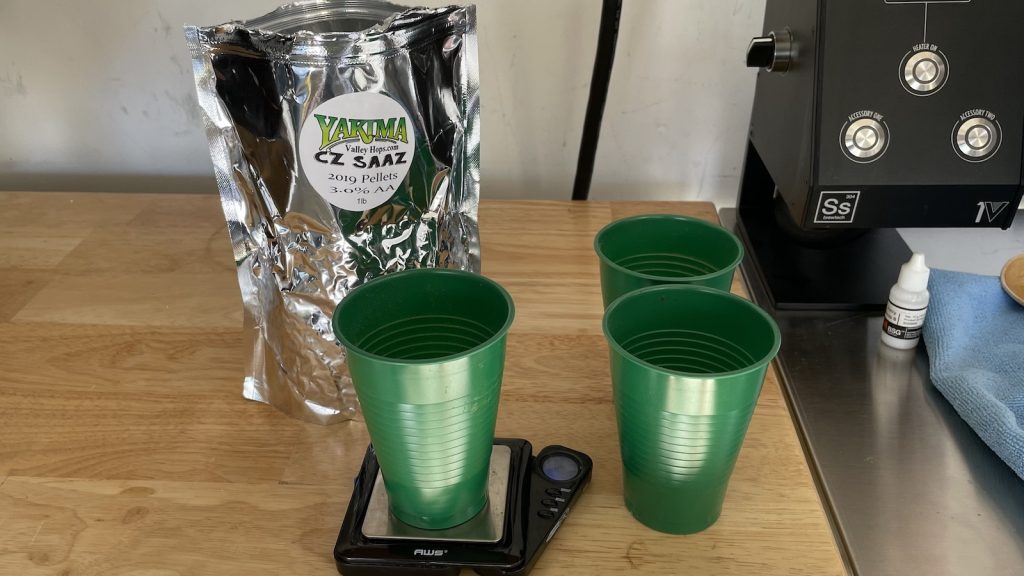
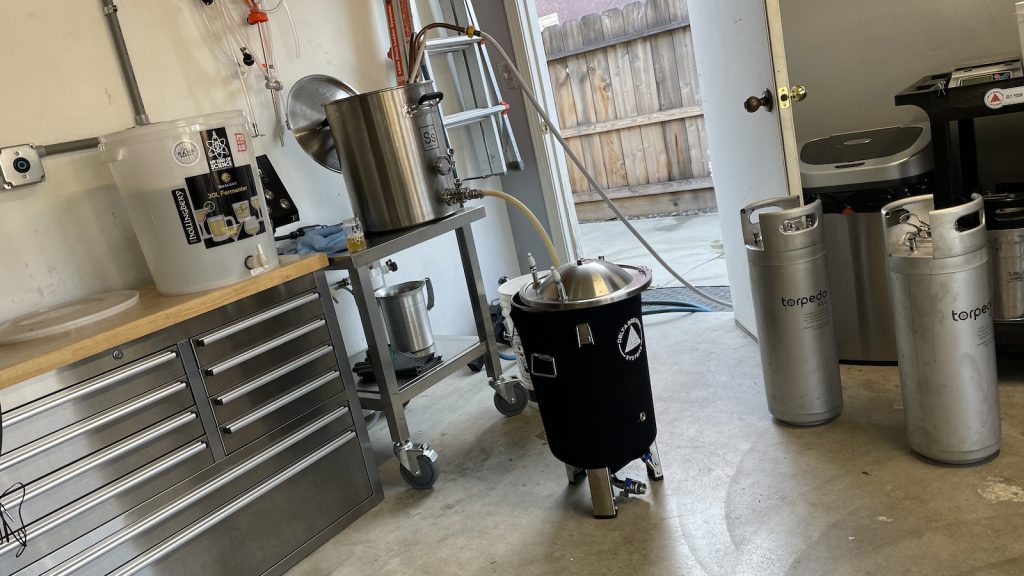
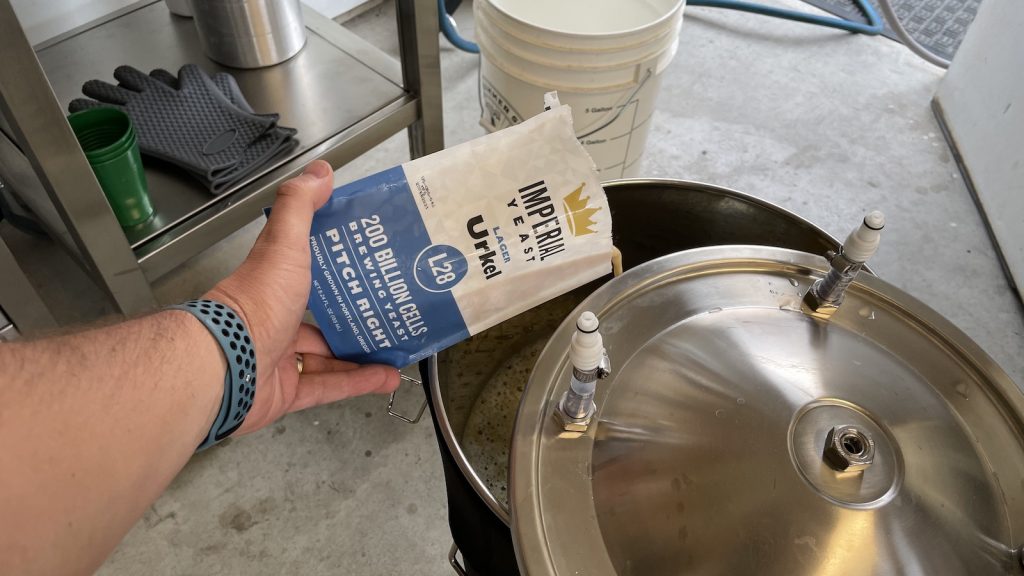
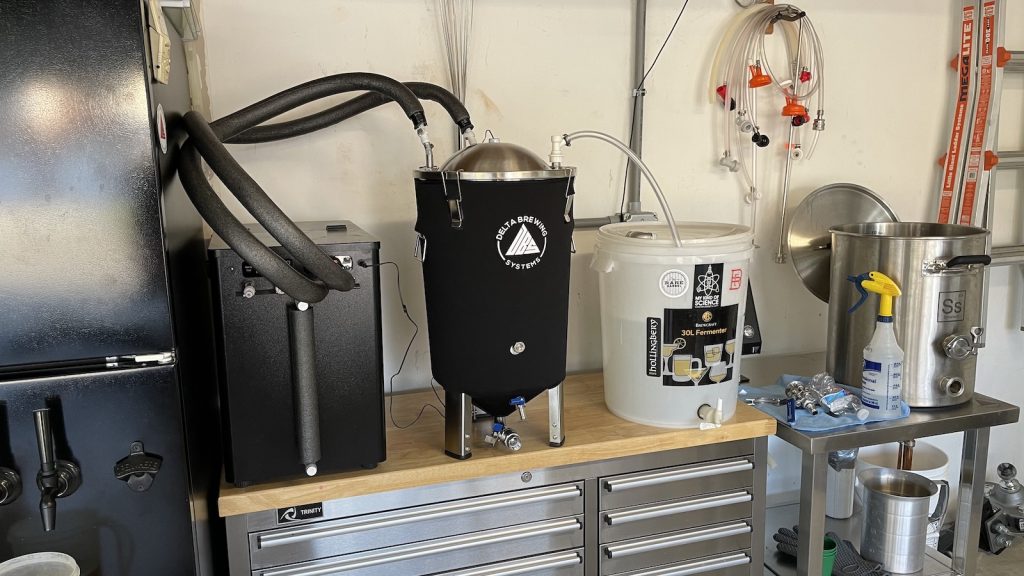
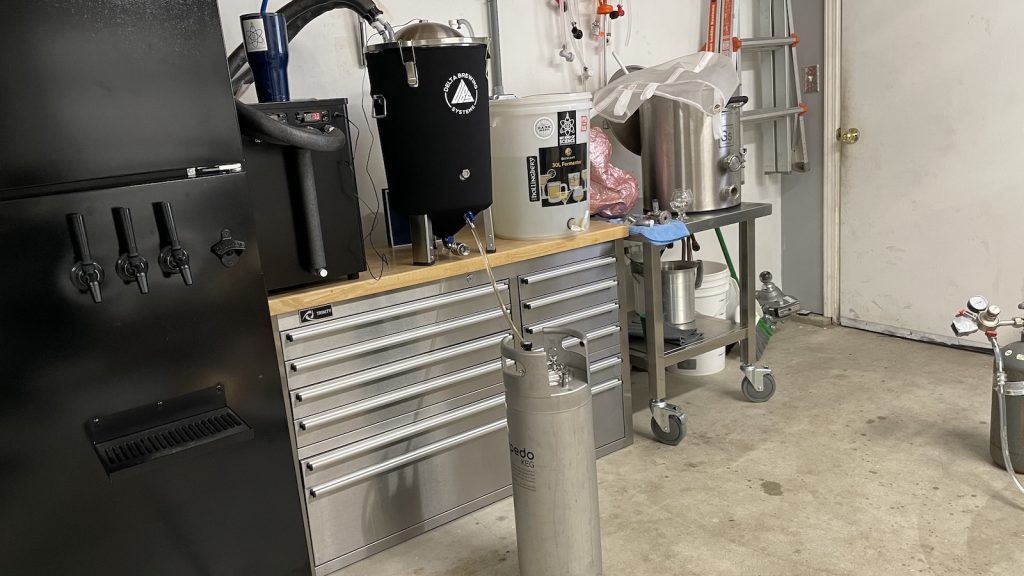
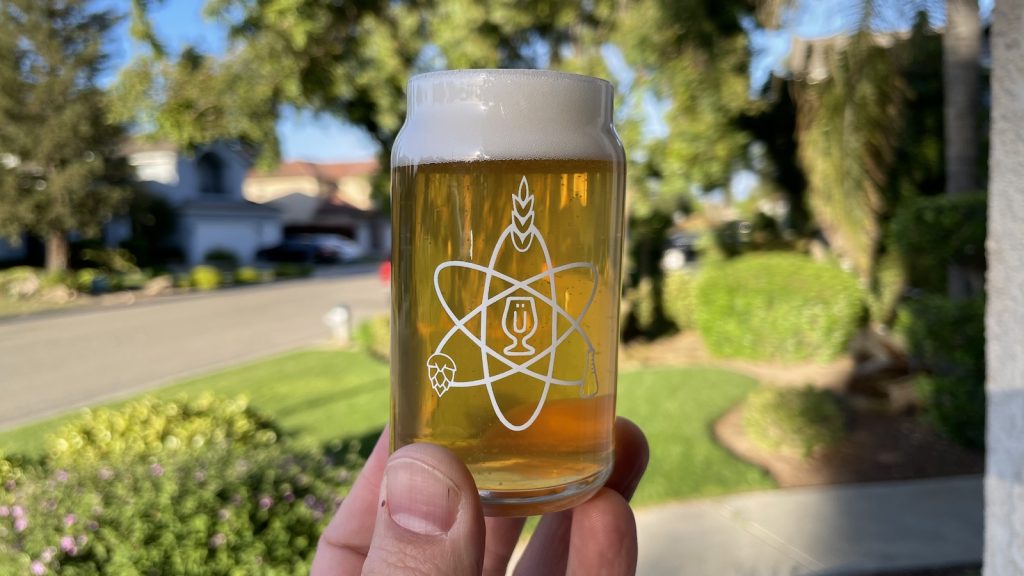
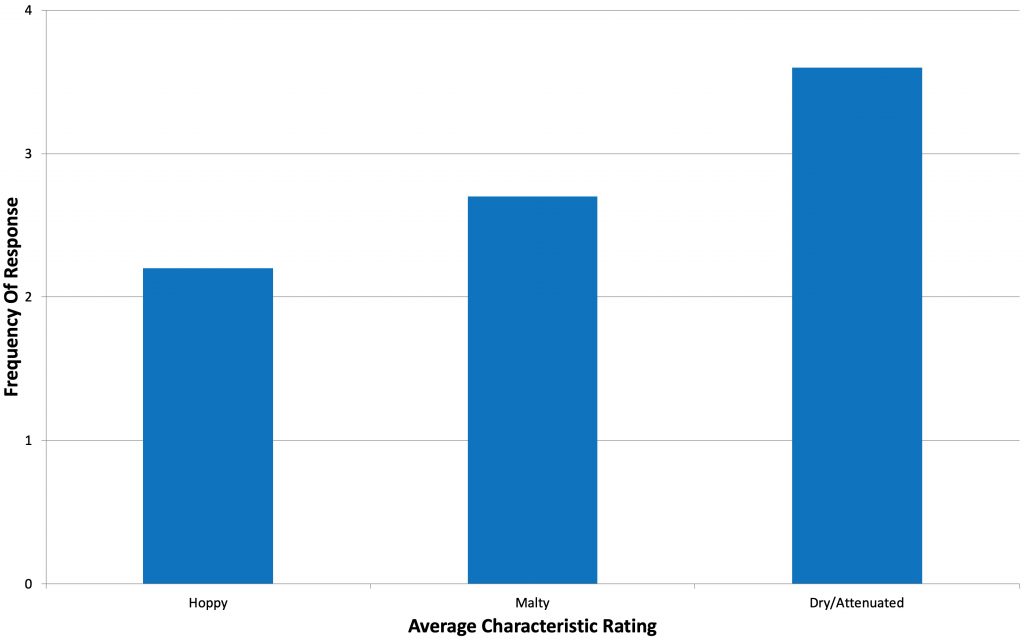
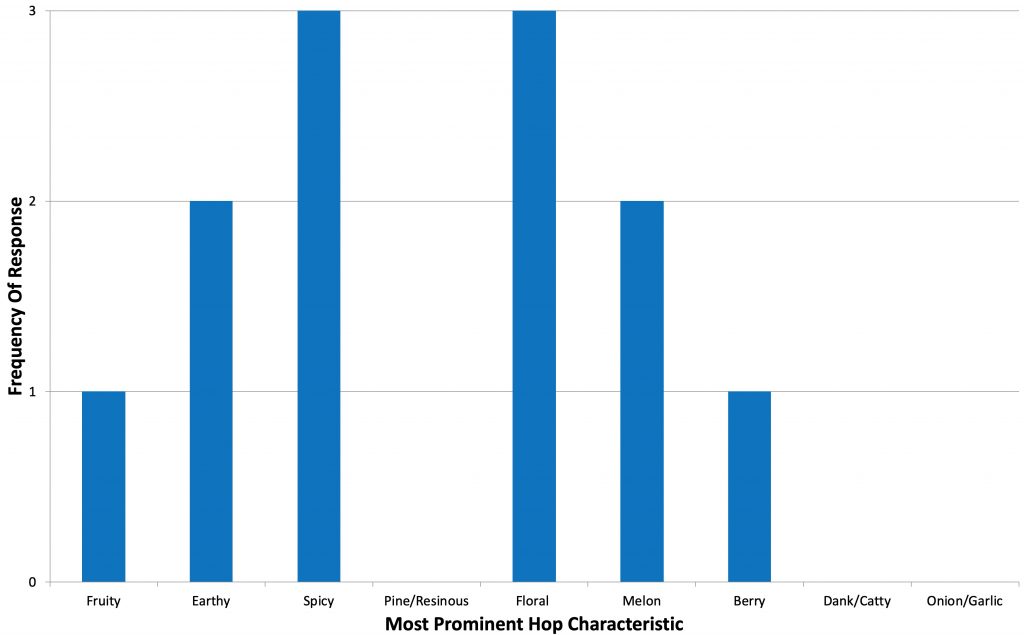
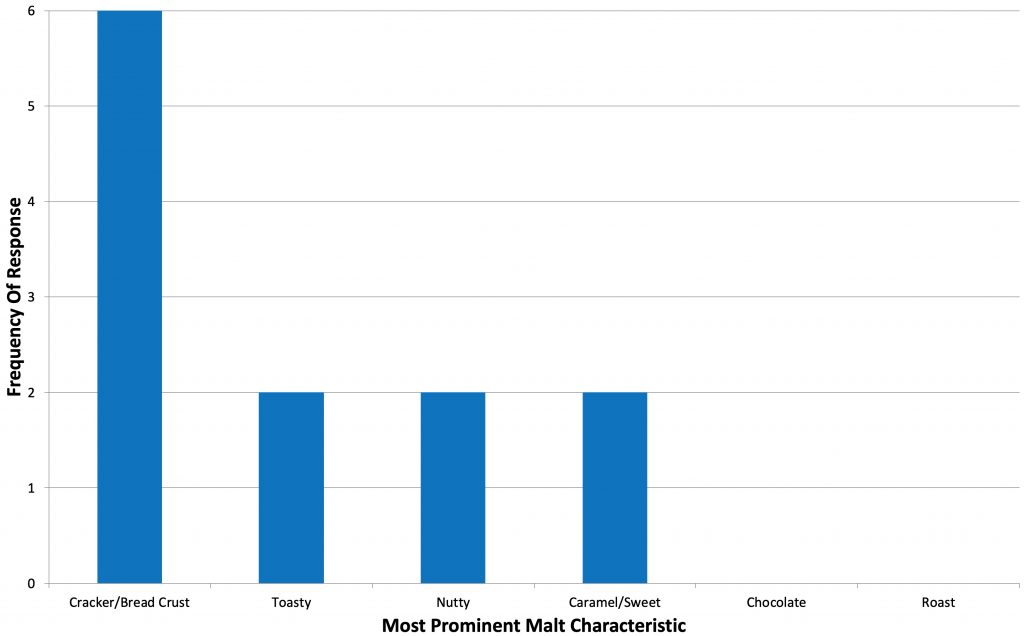
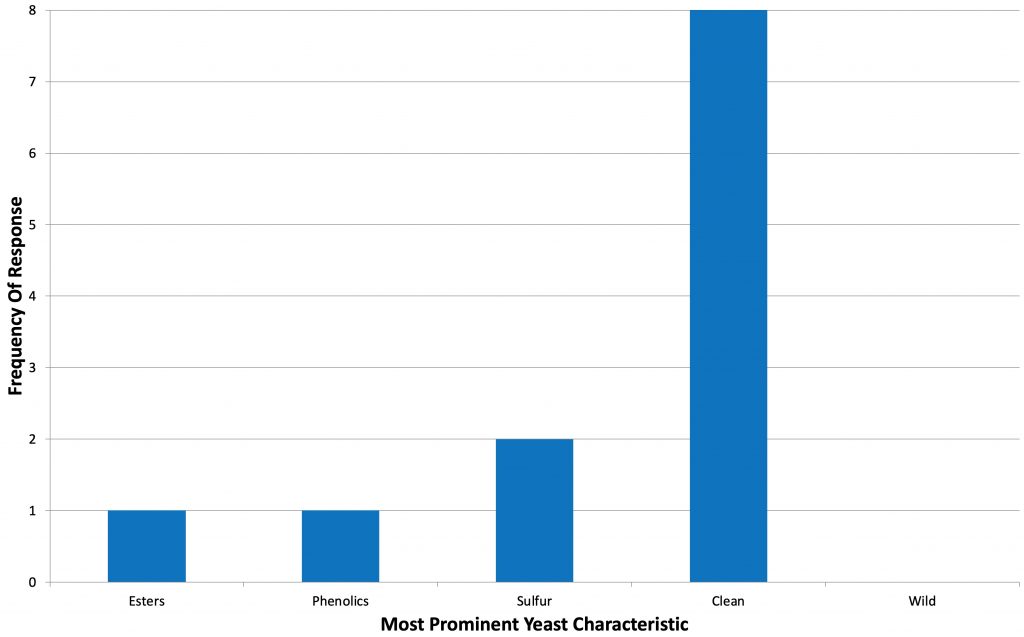
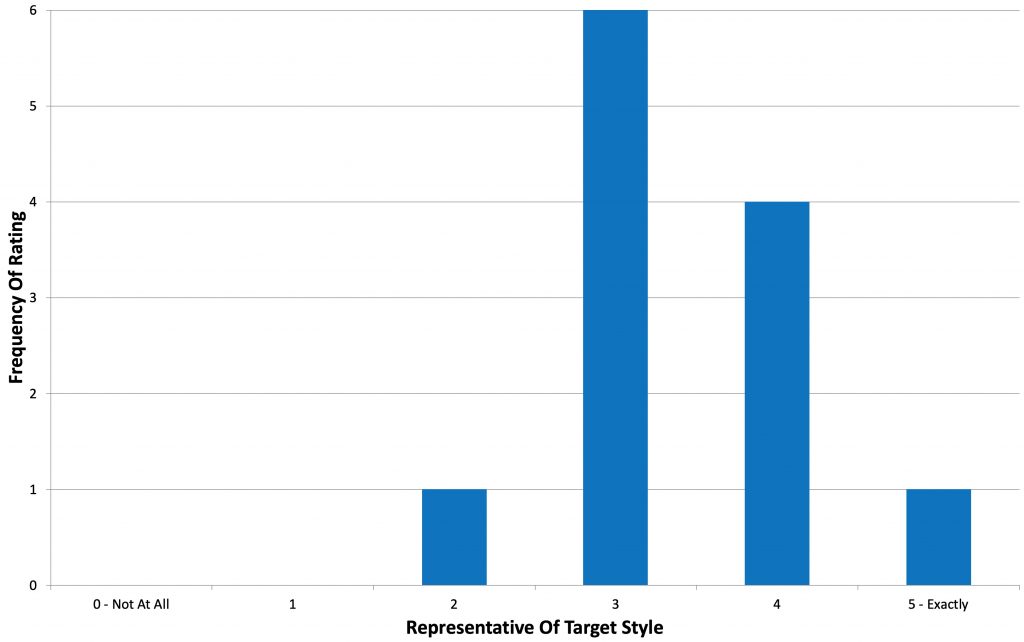
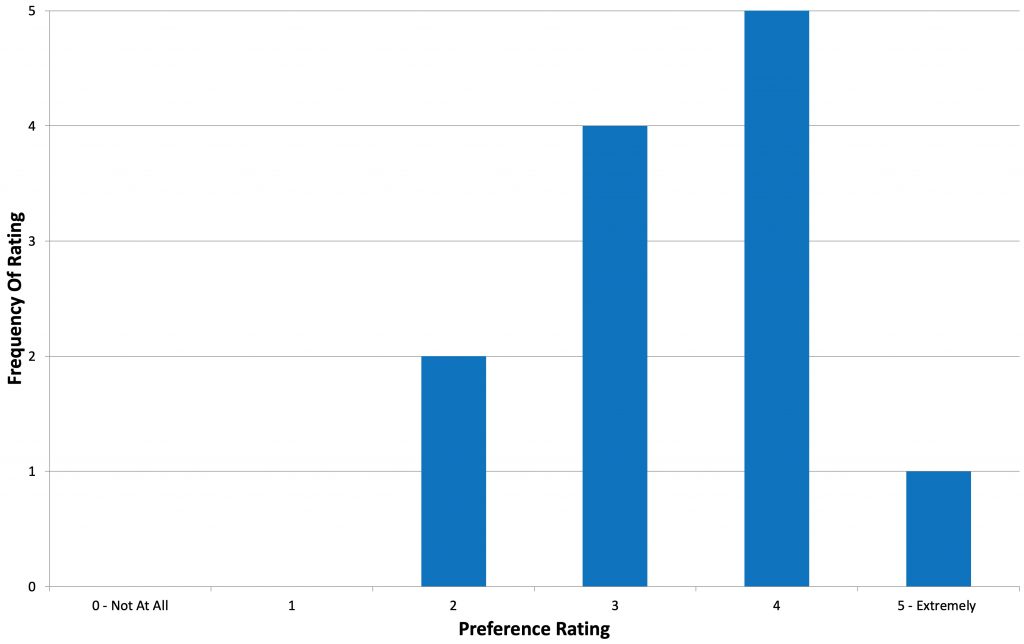











20 thoughts on “Short & Shoddy | Czech Premium Pale Lager”
Give it some time? We all know the best pint of lager is the last pint.
It’s still on tap with no plans to dump.
One tentative thought on the “odd new shoe note” Marshall. Would you describe this as ‘band-aid’-like in any way? I’ve had the well-known phenolic ‘band-aid’ flavour in a couple of my brews, and what you describes sounds like it could be a very mild version of that.
There are loads of suggestions for the source of ‘band-aid’ phenols but I’m 90% sure that in all my cases it was caused by stressed yeast (possibly in competition with a wild yeast infection). It only ever happened when I direct-pitched a (non-Imperial) liquid yeast into wort that I hadn’t worked very hard to oxygenate. In each case I then observed a very slow start to fermentation. So either the pitched yeast didn’t have enough cells and got stressed, or a rival yeast produced the phenols in the first day or so before the pitched yeast could catch up and outcompete it. That’s my working theory anyway. (I ditched the plastic fermentation bucket and I will never, ever brew another batch of beer without making a vitality starter first – thanks for that particular tip!)
So maybe your wort was a bit under-oxygenated or your cell count was a bit low? A related thought: you also cold-crashed quite early (after 7 days – short and shoddy after all!), so if it’s some sort of phenolic off flavour then maybe the yeast just didn’t have enough time to clean it up? As I say – these are just tentative thoughts based on my own experiences.
Thanks as always for the great content.
I have had many, probably hundreds, or “band-aid beer,” those with a notable chlorophenol flavor, and this was not that at all. That said, it wouldn’t completely surprise me if the oddness I tasted was a function of something like pitch rate or general yeast health, though the pouch was quite fresh, I’ve used older in the same fashion many times without problems.
Could it be the short boil that caused the off flavors?
I suppose it could be, but then again, boil length hasn’t been an issue in any past Short & Shoddy beers, and our boil length xBmts have largely been non-significant. I’m doubtful that’s the culprit.
I actually don’t like the character of that yeast. It gives a weird flavor like you describe. Any chance that’s the culprit?
When you’ve brewed this recipe in the past, did you use a longer boil time and less bittering hops? Close to 7.5 oz in 5 gallons all under 25 minutes seems like a ton of hop material. Wondering if that could affect the character a bit? I’ve personally preferred the short boil lagers I’ve done with German Magnum bittering, as opposed to large amounts of low alpha noble hops, but that’s purely anecdotal.
For the last year, I’ve only brewed this style (about 12 batches). I’ve double decocted, boiled for two hours, lagered for two months, etc. I also use Imperial Urkel yeast. The single most important thing for me has been getting the yeast pitch right to get rid of that shoe flavor (and esters/phenols). I use two packets and make 5 L starter. Since I’ve done that, I’ve reduced lagering time to like 2-3 weeks and it’s some of the best beer I’ve ever had. Right up there with fresh Pilsner Urquell. I also make mine a bit more quaffable than this ABV at around 4.5% ABV.
On a recent episode of the craft beer & brewing podcast the brewer interviewed noted that they have been avoiding late additions of saaz in their Czech pils because it contributes to a character that was similar to DMS in his opinion.
https://podcasts.google.com/feed/aHR0cHM6Ly9mZWVkcy5maXJlc2lkZS5mbS9iZWVyYW5kYnJld2luZy9yc3M/episode/NWIyMzQ3N2ItM2QwZC00ZjkxLWE2YTctMDRhYzZhMWUzMDI3?ep=14
Is it possible there are variables with which the S&S method works less well? Maybe Pils malt and/or Saaz need a longer boil and without it they leave undesirable characteristics?
It only makes sense that S&S would work in some cases and not others. Fantastic bread is a good example of something that cannot be done S&S, but so many other things CAN and many of those we have learned right here on this website! Keep up the great work.
Great post Marshall! I’ve used Urkel a bunch of times and I’m guessing the off flavor was likely either the yeast temperature (L28 Urkel calls for 52-58F, not 66F) or the underpitching (200 billion cells, where you probably needed more like 350 billion according to Mr. Malty). I bet that these small changes could have mitigated the off flavors, not lagering time. I personally think that the cold crash/gelatin would have been sufficient. Like you, I’m an extremely impatient home brewer and looking to turn around high quality lagers in record time.
Love your podcast–I listen to it and Bru Lab several times per week while running out on the trails. You’ve made me a more attentive brewer and more entertained distance runner. Thank you and cheers.
I agree with the notion of a warmer ferment produced off-flavors. The yeast likes a cool environment but it had more energy (heat) to produce more fermentation byproducts. That’s why steam beer has unique flavors, and it is also why steam beers are a headache in a bottle ;). Thanks for the interesting exbeeriment!
I’m not saying with any amount of certainty that ferm temp isn’t the culprit, but I have fermented with Urkel and other similarly sourced strains from different labs at ale temps many, many times without issue, so I’m not convinced that’s the case here.
But it could be.
My experience with W-34, S-189 and S-23 is that above 14°, the yeast profile changes. It becomes a bit more fruity and ‘flowery’. Not unpleasant, but no longer lager.
Hi
25 minutes boil with pilsner malt and no DMS off-flavours ?
Seems like once you type the words “glycol chiller,” you’ve abandoned all pretense of shoddiness!
Filter or no filter, should NOT be using that green garden hose!!!!
With a 25 minute boil and fermenting a yeast rated for 52-58F at 66F, I’m not the least bit surprised there were prominent off flavors noted.
Understandable. However, we’ve done plenty other Short & Shoddy pale lagers using similar methods that have turned out great. We’ll be sure to repeat this one in the future!